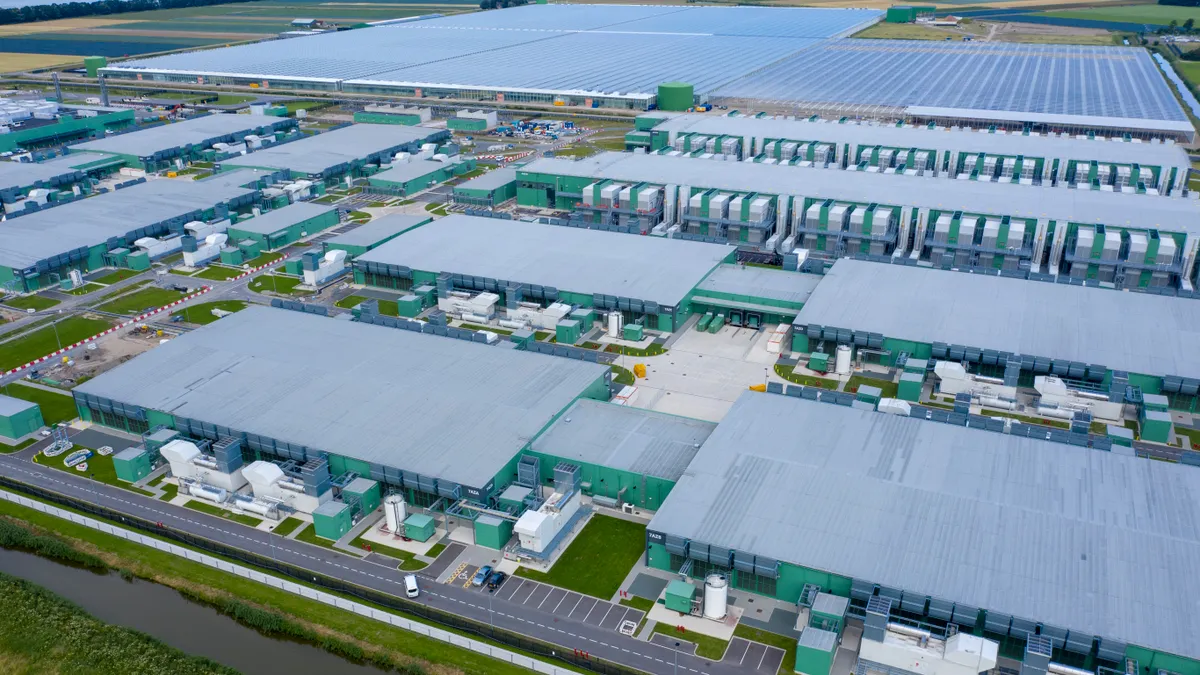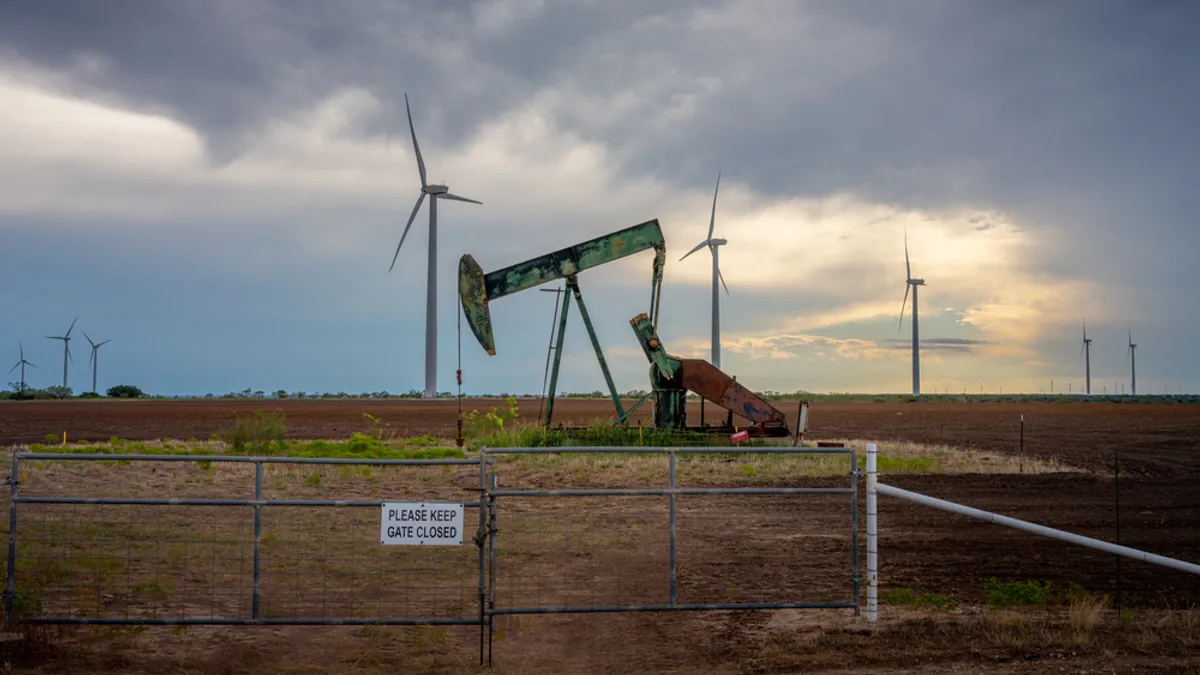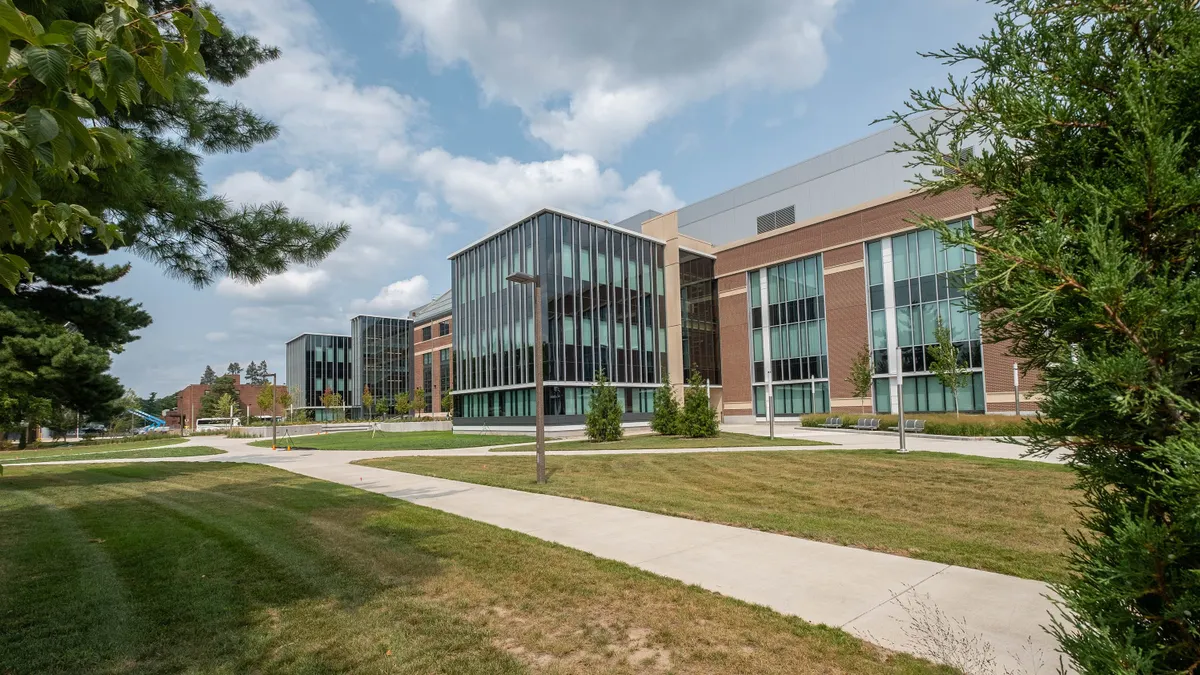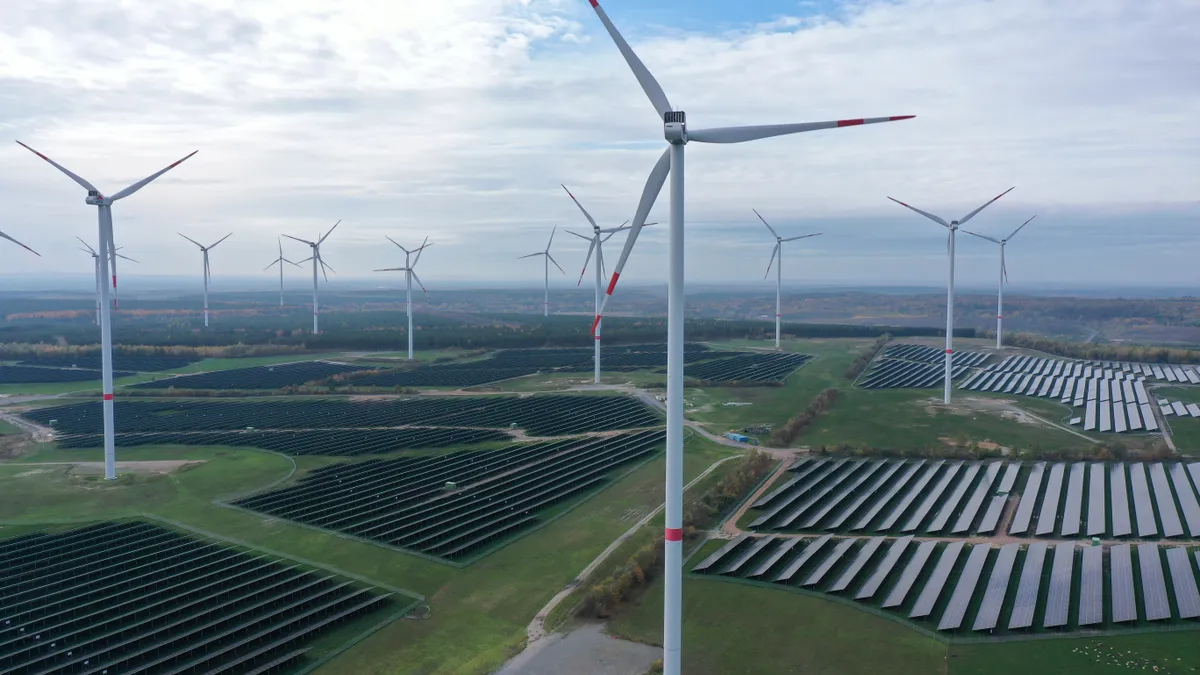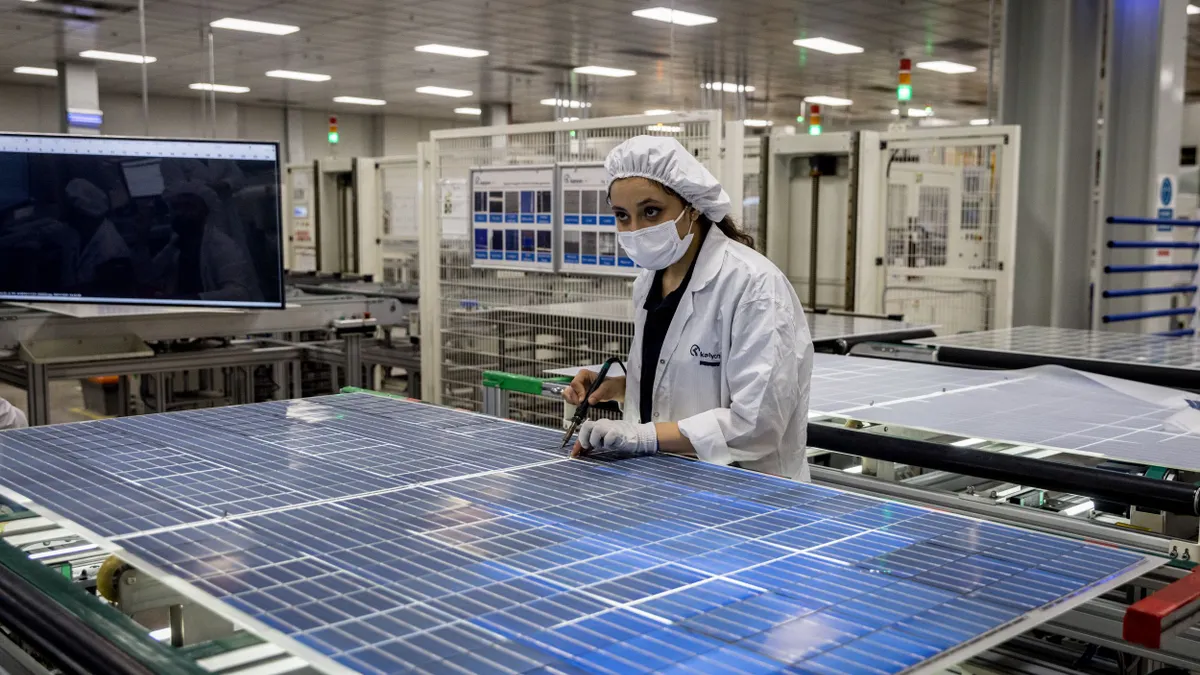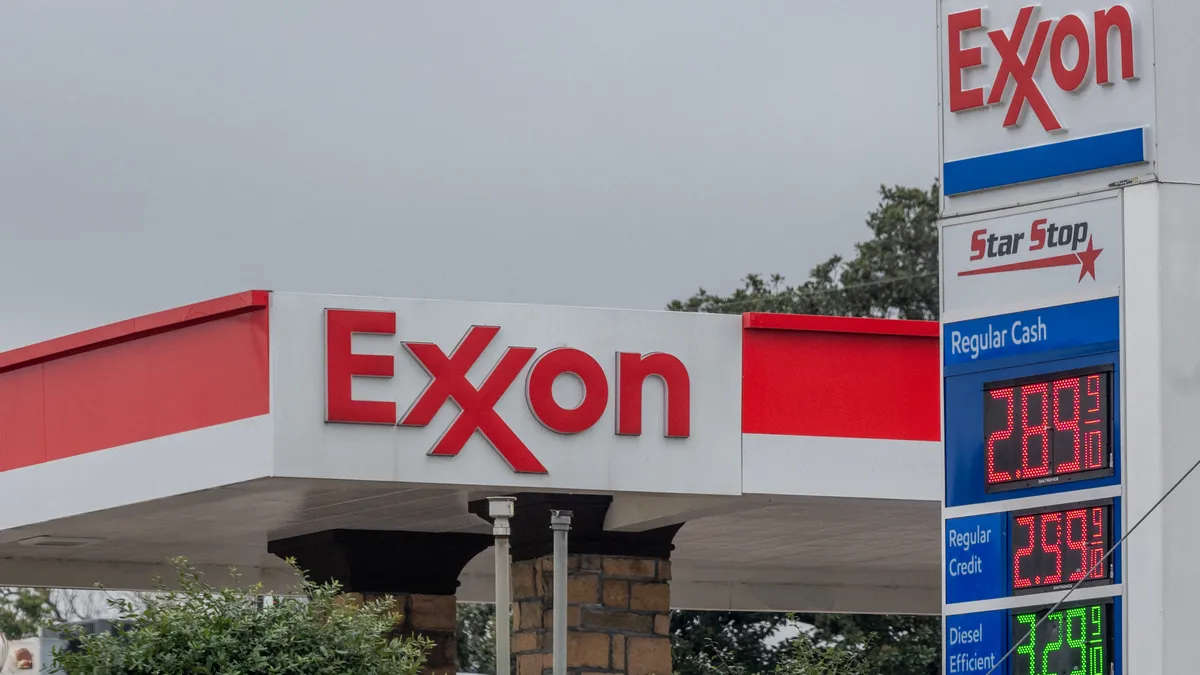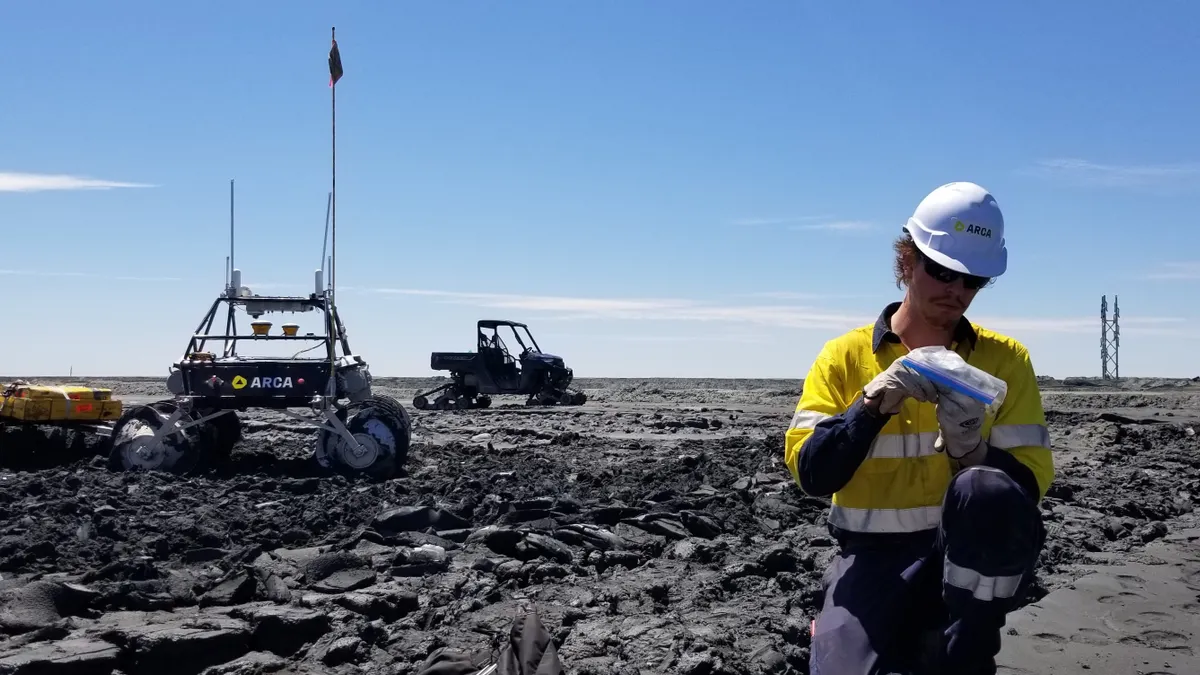Artificial intelligence and generative AI have increasingly gained a foothold in the ESG and climate space in the past few years. However, the emissions and energy demands associated with AI’s increased adoption have the potential to alter emissions reductions pathways and strain the energy grid.
2024 saw a continued uptick in AI adoption and investments, accompanied by an expected dramatic increase in energy demand from data centers. During that boom, corporations across industries are increasingly turning to AI to solve sustainability challenges like reporting and calculating their carbon footprint with various regulatory disclosure guidelines looming.
Large tech companies invested heavily in new data center infrastructure in 2024 to keep up with the expected demand. Cisco Chief Sustainability Officer Mary de Wysocki told ESG Dive utilizing AI’s full capabilities requires an “understanding of the energy capability,” as well as issues like privacy, transparency and accountability.
“I don't think we're going to ever capture the opportunities of AI if we don't think about it in a responsible way,” Wysocki said in an interview. “The promise is just not going to be there.”
ESG and climate use cases for AI continue to grow
The overall increased adoption of artificial intelligence and generative AI — a subset of AI that focuses on creative content generation — has also led to an increase in proven use cases for ESG and climate purposes. While sustainability reporting remains the most commonly discussed use case, companies are utilizing the technology for a variety of decarbonization, waste management and energy management purposes, among others.
Thousands of U.S. companies will be required to comply with the European Union’s Corporate Sustainability Reporting Directive in short order. How to utilize artificial intelligence’s powers to simplify this reporting process and subsequently use those insights to unlock other business opportunities was a common discussion at industry conferences throughout last year.
Tucked between the broader generative AI hype at last year’s Amazon Web Services Summit, demonstrators displayed how companies and nonprofits were using the technology to help with problems like climate reporting, as well as issues of health care disparity, and integrating it into the production, proof of concept and discovery process.
ESG investors are also confident that AI’s adoption will increase across all aspects of sustainable investing in the next five years, according to Morningstar Indexes’ 2024 Voice of the Asset Owner Survey.
More than 7-in-10 respondents are hoping that AI adoption will increase at least “moderately” to help with ESG reporting (77%), and improve analysis (71%), portfolio construction (74%) and index creation (76%), according to Morningstar’s survey. Eighty-two percent of respondents hope AI will at least moderately help with current data collection issues.
PricewaterhouseCoopers Sustainability Principal Sammy Lakshmanan said in a recent opinion piece for ESG Dive that businesses have an opportunity to strategically adopt AI tools to help tackle issues that investors have prioritized like reducing carbon emissions, building resilient supply chains and advancing the adoption of renewable energies. Lakshmanan, who also leads the consultancy’s digital and AI-enabled sustainability practice said companies that do could “position themselves as leaders in [a] sustainability-driven economy.”
“Companies that act now will be well-prepared to address growing investor expectations while delivering measurable results and driving sustained outcomes,” he wrote.
However, unlocking AI’s potential as a tool for decarbonization will require dealing with its energy needs.
The cost of AI’s increased uptake
Corporations across industries and sectors are continuing to invest in AI and generative AI as a business opportunity. In fact, investment in generative AI is only expected to increase in 2025, according to a recent report by Boston Consulting Group.
BCG’s survey of more than 1,800 global C-suite executives found that investments in generative AI increased 30% among respondents between 2023 and 2024 and is expected to grow an additional 60% by 2027.
Seventy-five percent of respondents said AI or generative AI are their top three strategic priorities. Among U.S. respondents, 41% said their companies are expected to invest more than $26 million on AI in 2025.
The associated energy demand comes at a cost. The Electric Power Research Institute estimates data centers could consume 9% of total U.S. electricity by 2030. An estimate from research firm Rhodium Group found electricity demand is expected to increase 24-29% over 2023 levels by 2035; 22% of the increased demand is projected to come from data centers.
The expected increased energy load has also led to a rising dependency on fossil fuel power sources, such as coal plants, ultimately undermining the purpose of utilizing AI for clean energy goals.
“This is one of those areas where it's always been an engineering problem,” Cisco’s CSO said. “You can talk about generative AI, and so many folks see opportunity, but it kind of goes back to, it's going to require power [and] power grids.”
“Are we investing in those modern, clean grids, and, even if you go put a data center out here, is the transport line there? I think that's going to be huge [in 2025],” she added.
In 2024, tech companies made large investments in various clean energy sources to power new data center growth, including nuclear energy. Meta and Microsoft both invested large sums in new nuclear power generation, as well as other clean energies like geothermal, to power its AI growth.
Developing more energy and resource-efficient AI and data centers is also an area where siloing solutions could be detrimental to the industry’s growth. Conversations about how to harness AI’s power both from a growth and sustainability perspective were also abound at Climate Week NYC in the fall. Representatives from tech heavyweights including Meta, Hewlett-Packard and Nvidia preached the role of collaboration in tackling the energy need of artificial intelligence.
“I think it's a unique opportunity at this time for innovation, and it will require collaboration and partnership across a number of different players,” Meta Global Head of Net Zero and Sustainability Blair Swedeen said at one of the week’s events. “The constraints around energy and resources are not unique to me or any one company.”
“When you look at the competitive dynamics within the tech [sector], especially in the compute sector … you have to be very vertically integrated, but very horizontally disaggregated,” Dion Harris, who directs Nvidia’s accelerated data center go-to-market products, said at another Climate Week event hosted by environmental consulting agency WSP.
“Ultimately, your solutions have to work together,” he added.
Trump and the changing economics of clean energy
While the change in administration is expected to impact many aspects of the federal government’s posture, AI is one area where Joe Biden and Donald Trump both saw growth potential. AI is expected to be a large focus of the new administration, and how Trump and his agencies deal with that demand may be more complex than his “drill, baby drill” rhetoric.
Prior to Trump’s re-election, BloombergNEF predicted that a Republican-led government would have “very negative” impacts on the business prospects for clean power and clean transport markets, and a negative impact on clean industry and sustainable finance. Oil and gas was the only climate-related sector expected to receive a “very positive” boost to its business prospects under unified Republican control.
However, experts believe the clean energy transition in the U.S. will continue to accelerate under Trump, though at a slower pace. CleanCapital President and Co-Founder Jon Powers said part of that is because the economics of clean energy have changed since the first Trump presidency.
“We've made tremendous strides since the last time the Trump administration was in office, and we think continuing that momentum is actually good for the American economy and American jobs,” Powers said in an interview. “So I think we need to be in the room, having those conversations with [the administration] starting in January.”
Though Trump pulled out of the Paris Agreement during his last administration, Powers said corporations subsequently began adopting renewable energy and other sustainability commitments, which led to a demand-led growth of the sector. The Inflation Reduction Act and Bipartisan Infrastructure Law, passed under Biden, then served as “true catalysts to the evolving industry,” Powers said.
Trump began his second presidential term by once again pulling out of the global climate agreement, in addition to declaring a national energy emergency and halting wind development. He also paused all funding related to the IRA and the Bipartisan Infrastructure Law.
Trump’s predecessor signed an executive order during his presidency’s waning days authorizing the Departments of Energy and Defense to accelerate leasing for data center sites. Biden’s order called for those sites to be powered using clean energy. While Trump has called for a wider review of policies that may hinder fossil fuel growth, this order currently stands, even as he has swiftly looked to overturn much of his predecessor’s legacy.
Trump has also shown support for AI in his previous presidency. In 2019, the president signed an executive order aimed at “strengthening American leadership in artificial intelligence.” The order had five key focus areas: “increasing AI research investment, unleashing Federal AI computing and data resources, setting AI technical standards, building America’s AI workforce, and engaging with international allies.” Additionally, Trump’s administration also committed to doubling investments in AI research and establishing what the White House then dubbed as the world’s first regulatory guidance for AI.
On Tuesday, Open.AI, SoftBank, Oracle and MGX announced they would invest $500 billion in U.S. AI infrastructure over the next four years for Open.AI. The “Stargate Project” is the first major infrastructure announcement of Trump’s nascent presidency; how it’s powered could be a bellwether for how the industry approaches the new administration.
Currently, the project is seeking input from experts across the AI infrastructure supply chain, including renewable energy and sustainability firms.
“The reality is the demand for what we produce has actually grown,” Powers told ESG Dive. “The need for renewable energy to power data centers, for the big tech companies that are all committed to doing low-carbon power, that's not going away because of the Trump administration.”


